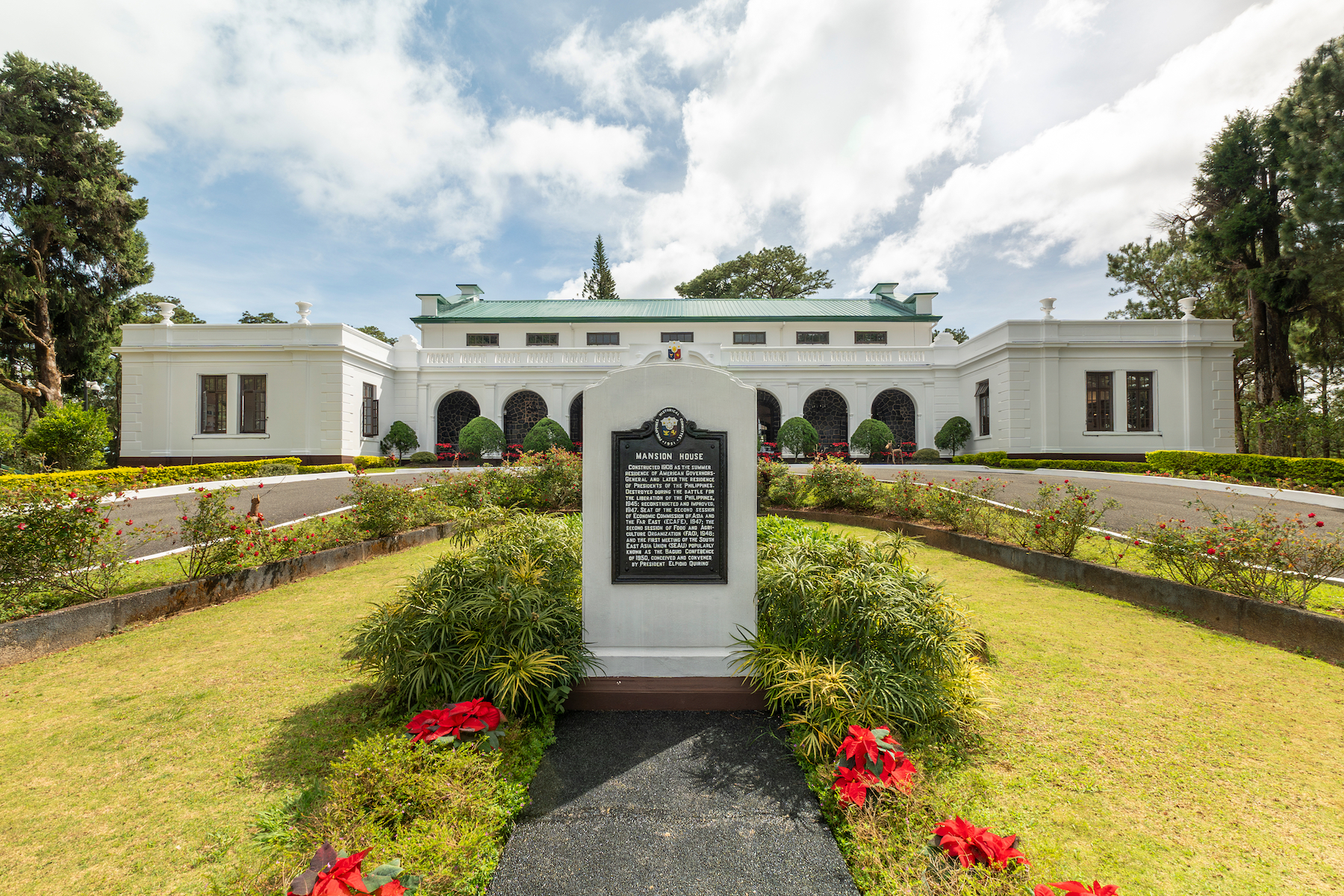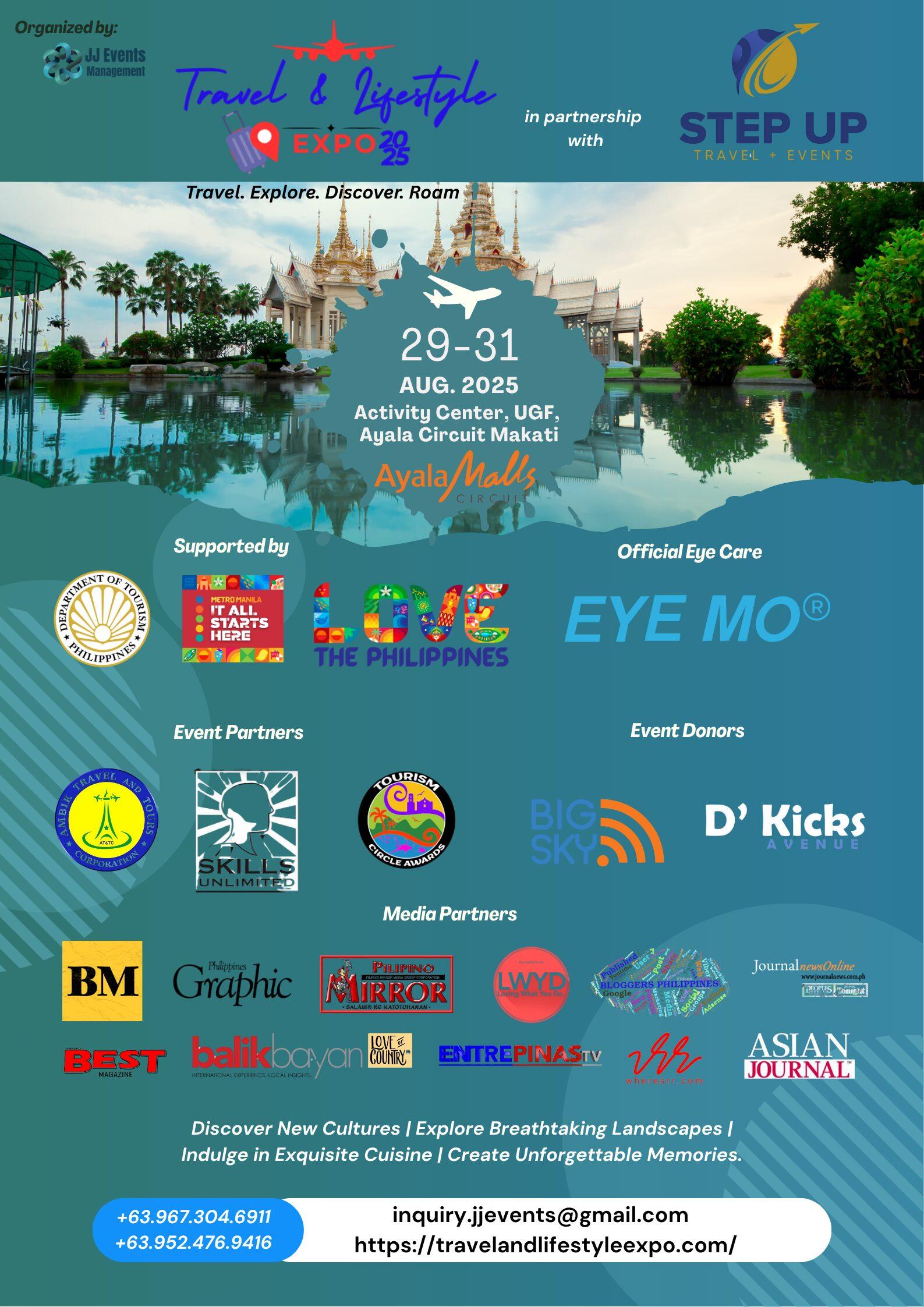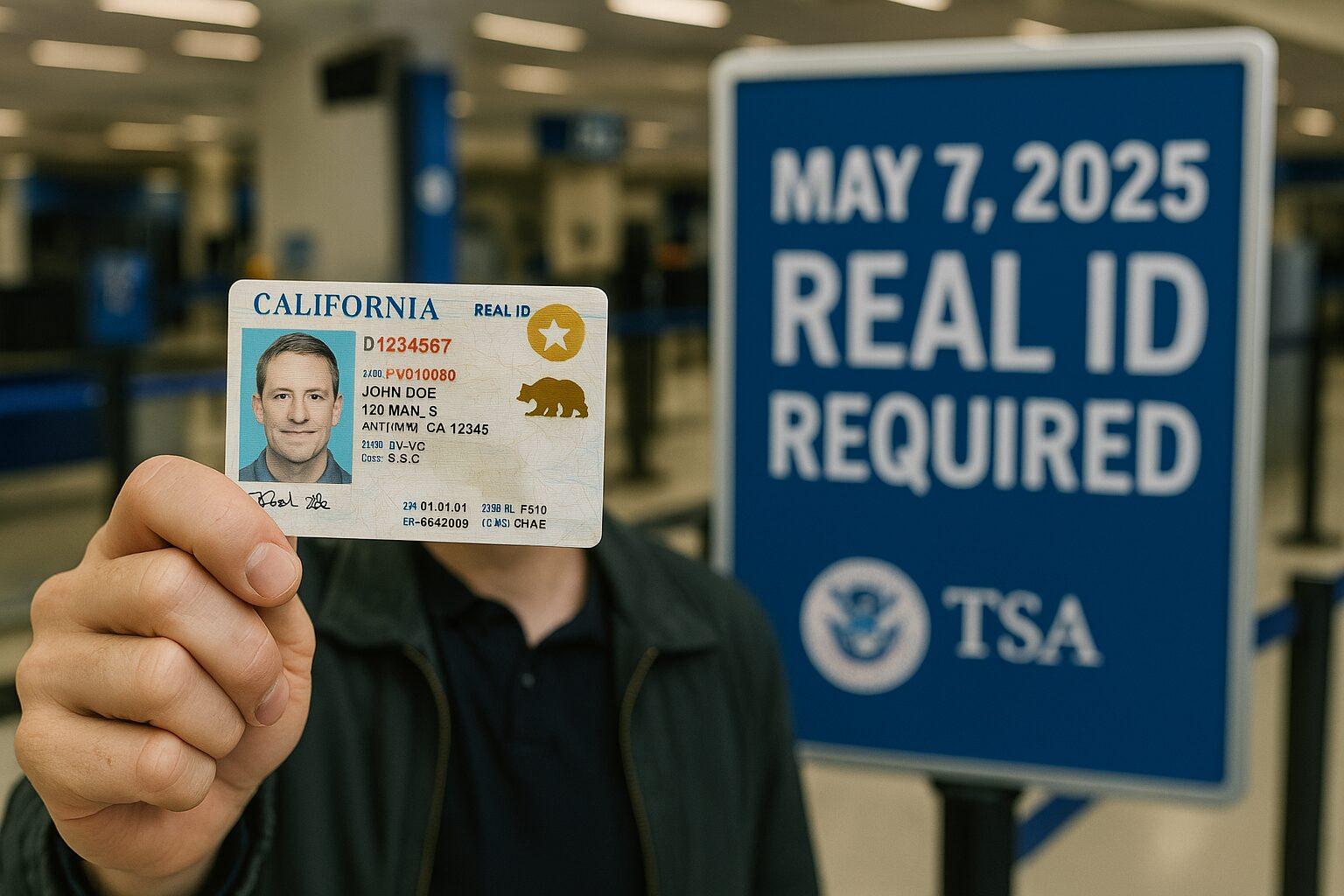A plaque describes the history of the Baguio Mansion House in one of its manicured lawns and driveways leading to the house.
THE weather is awesome and it takes to have a good ambience of the City of Pines in Benguet that has attracted thousands of tourists, foreign and local, each year because of its beautiful, serene, historic spots.
One of the city’s tourist attractions is said to be the white-painted Baguio Mansion House, a two-storey arcaded building perched on a windy hill. It is surrounded by some abundant breezy trees, manicured lawns and gardens situated along Romulo Drive, just across the Wright Park.
The mansion house is considered as the official summer palace of the presidents of the Philippines, from Manuel L. Quezon up to the present.
Every day, almost 500 tourists are taking pictures outside the mansion house. On weekends, it reaches up to 2,000 people.
All this, thanks to First Lady Louise Araneta-Marcos for opening its big gate to the public to see what goes on behind the closed doors of the palace.
Similar to the Teus Museum in Manila, the Presidential Museum in the Baguio Mansion House boasts of a vast collection of our history and culture, the priceless memorabilia, including presidential portraits, attire, footwear, flags, photographs, old mailbox, porcelain gifts, busts sculpted in the likeness of the former leaders, portraits of first ladies along the hall, and presidential room and meeting room.
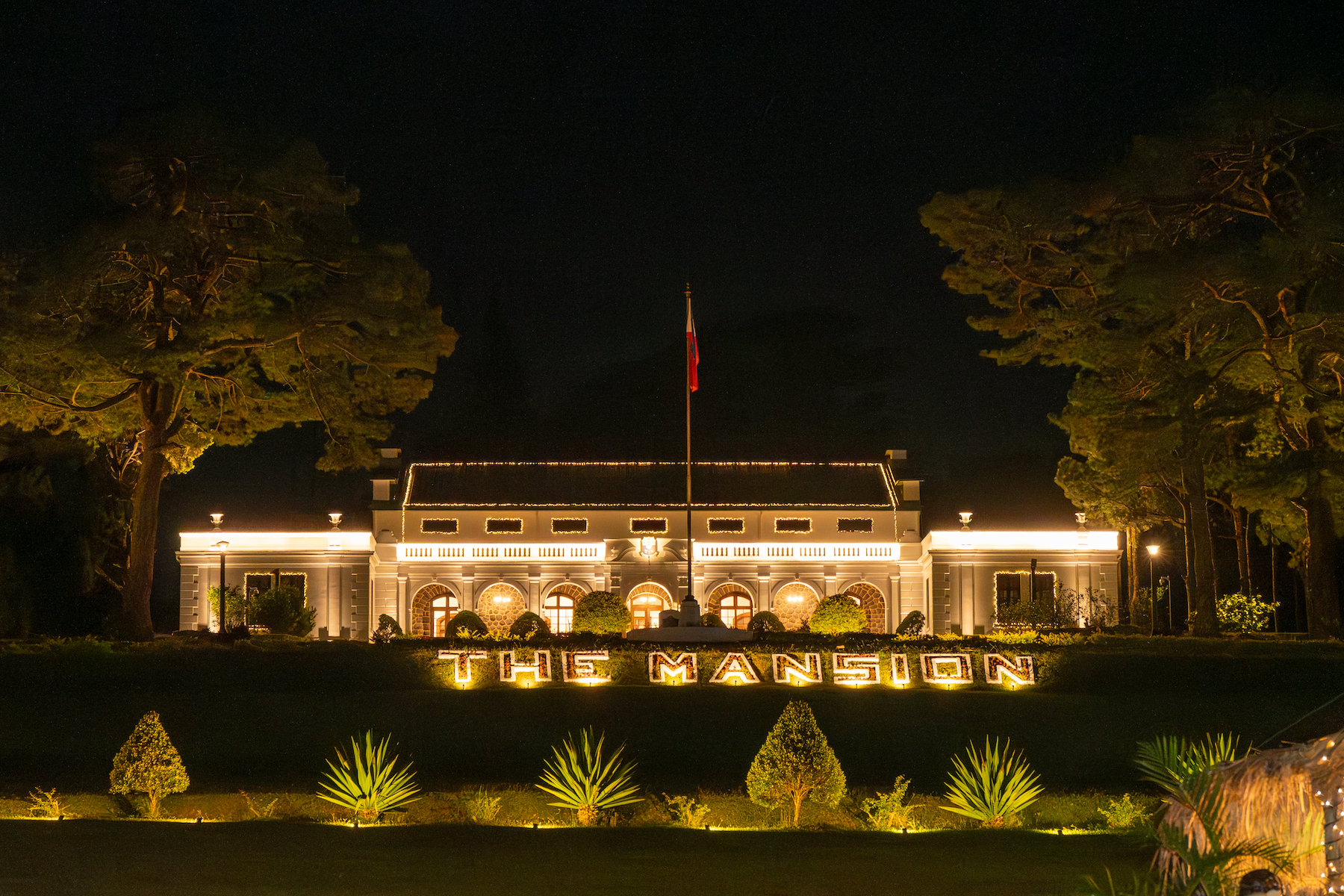
Baguio Mansion House at night. Photos provided by Rogelio C. Medina
Built 117 years ago as the summer residence of American governors-general (until 1935), the Baguio Mansion House was constructed at the instance of William Cameron Forbes following the design of William E. Parsons as part of the Burnham Plan for Baguio in 1908, inspired by the city’s beautiful movement. In 1910, it became the site of the special session of the Second Philippine Legislature.
Though the mansion house was destroyed in 1945 during the battle for the liberation of the Philippines, it was reconstructed and improved after two years. It was the seat of the second session of the United Nations’ Economic Commission of Asia and the Far East (ECAFE) in 1947. The following year, the second session of Food and Agriculture Organization (FAO) was held in Baguio Mansion. In 1950, it was the venue of the first meeting of the South East Asia Union (SEAU), popularly known as the Baguio Conference of 1950, conceived and convened by Pres. Elpidio Quirino.
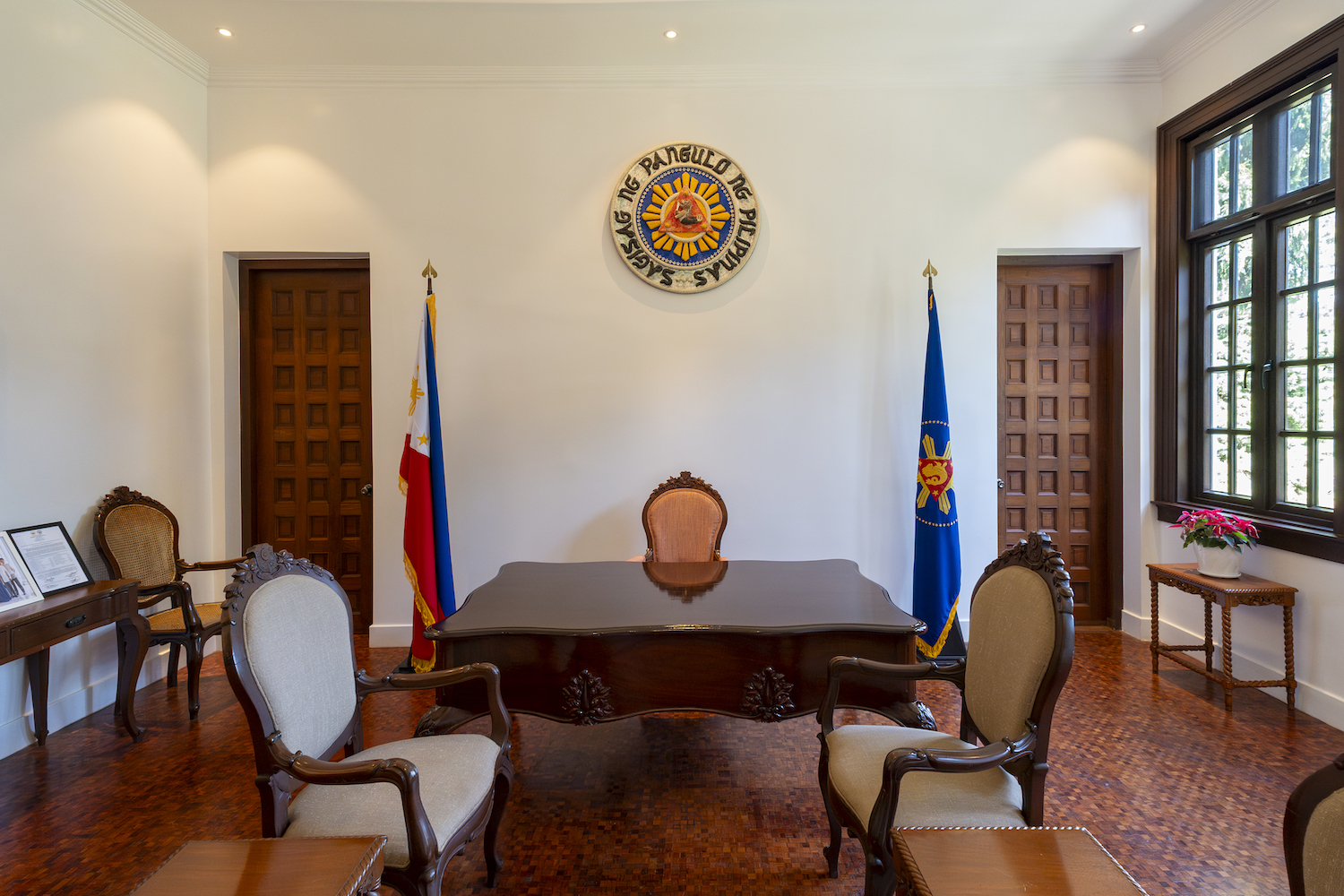
The Philippine president’s office inside the Baguio Mansion House.
For years, the mansion house was not open to the public and it was exclusive only for the use of the First Family since it is the summer residence of a Philippine president. At that time, you could just take some photo-ops outside to view the arcaded building from its elegant gate.
Through the initiative of First Lady Louise Araneta-Marcos, it was opened to the public for the first time as a museum starting September 2024. It is the selfless commitment of the first lady to revive heritage houses through the Malacanang Heritage Tours office.
At night, the Baguio Mansion House is so magical, enchanting and alluring to the eyes as if you were in James Hilton’s Lost Horizon, so peaceful and tranquilly mesmerizing, as you witness the spectacular dancing waters from a long pool park just across the road.


